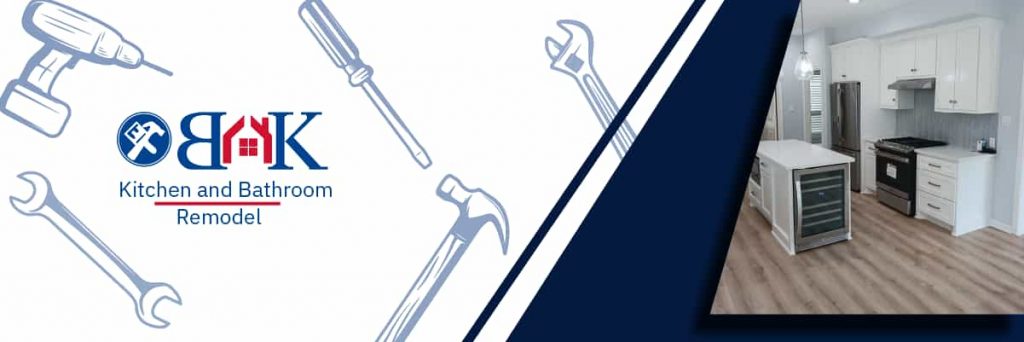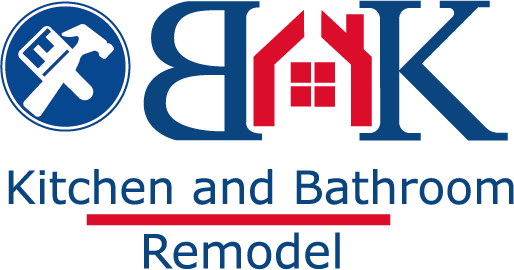In the bathroom renovation process, choosing the right materials plays a crucial role in the final result. Each material used in a bathroom remodel has its own unique features and benefits that can influence the durability, aesthetics, and functionality of the space. In this blog, we‘ll explore the most common materials used in bathrooms, discuss their key properties, and compare their pros and cons to help you make an informed decision when renovating your bathroom.
Most common materials for bathrooms
- Ceramic: Ceramic is one of the most popular materials for covering bathroom walls and floors due to its durability, water resistance, and variety of designs available.
- Porcelain: Similar to ceramic, but with greater strength and durability, ideal for high–traffic areas such as family bathrooms.
- Resin: A modern and versatile material that offers a sleek, contemporary look, as well as being waterproof and easy to clean.
- Glass: Brings a touch of luxury and sophistication to the bathroom, although it may require more careful maintenance due to its susceptibility to scratches.
- Marble: Known for its elegance and timeless beauty, marble is a luxurious material but requires regular maintenance to retain its look.
- Laminates: Inexpensive and easy to install, laminates are a popular choice for budget–constrained renovations, although they may not be as durable as other materials.
- Wood: Brings warmth and naturalness to the bathroom, but requires proper sealing to protect it from water and moisture.
Comparison of materials
- Durability: Porcelain and marble are known for their exceptional durability, while wood can be more susceptible to moisture damage.
- Water and moisture resistance: Resin and porcelain are great choices in terms of water resistance, while glass may require more rigorous maintenance.
- Ease of cleaning: Laminates and ceramics are easy to clean, while marble may need special care.
- Cost: Laminates are usually the cheapest option, followed by ceramics, while marble tends to be more expensive.
- Versatility: Resin and ceramic offer a wide variety of designs and finishes to suit different decorative styles.
Advantages and disadvantages
- Ceramic:
– Advantages: Durable, water-resistant, variety of designs.
– Disadvantages: Can chip or break with strong impacts. - Porcelain:
– Advantages: Very resistant, durable.
– Disadvantages: Can be expensive compared to other materials. - Resin:
– Advantages: Modern, easy to clean.
– Disadvantages: Can scratch easily. - Glass:
– Advantages: Elegant, luxurious.
– Disadvantages: Requires special care to avoid scratches. - Marble:
– Advantages: Elegant, durable.
– Disadvantages: Requires regular sealing to maintain its appearance. - Laminate:
– Advantages: Economical, easy to install.
– Disadvantages: Less durable than other materials. - Wood:
– Advantages: Provides natural warmth.
– Disadvantages: Needs sealing to protect it from water.
If after reading this blog you still have doubts about which material is the most suitable for your bathroom renovation project, do not hesitate to contact us. At K&B Remodel Company, we have a team of bathroom design and remodeling experts who can help you make the best decision for your space. In addition, we offer personalized bathroom remodeling services adapted to your needs and preferences, so that you can transform your bathroom into a functional and aesthetically attractive space. Don‘t wait any longer to renovate your bathroom with the best materials and professionals! Contact us today to learn more about our services.




